In manufacturing, picking the wrong laser welding machine power can cost more than just money—it can ruin quality, slow production, and hurt your reputation.
The power of a laser welding machine depends on the material’s thickness, speed, and type. For example, welding 3mm steel at 2m/min usually takes around 3kW of laser power.
A poorly sized laser machine can cause weak seams, overheating, or sluggish output. But when power matches the job, production flows, welds stay solid, and margins grow. So let’s break this down from Kirin Laser’s point of view.
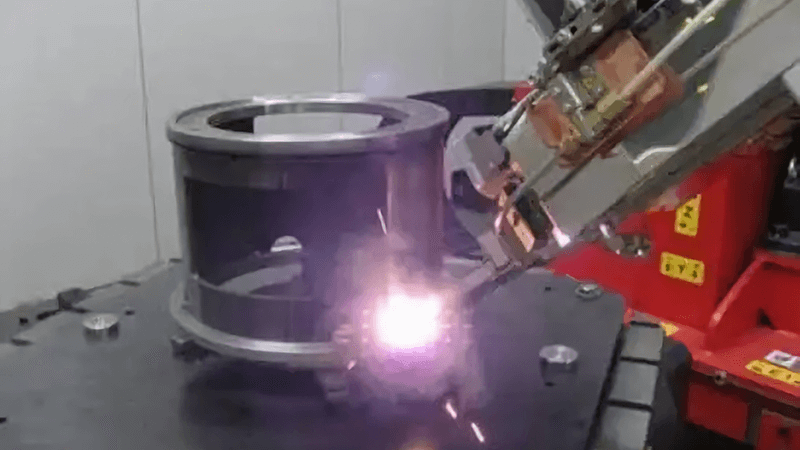
How much power is needed for laser welding?
When a client asks us how much power they need for laser welding, I always start by asking about material type, thickness, and required speed. It's not just about watts—it’s about precision and performance.
As a rule of thumb, you need about 1kW of laser power to penetrate 1mm of steel at 2 meters per minute. Thicker materials or faster welding speeds will demand more power.
Material and Speed: The Two Big Variables
Welding performance doesn’t come down to just brute force. It’s about matching the machine’s power to the job. Here’s how it typically breaks down:
| Material Type | Thickness (mm) | Recommended Power (kW) | Notes |
|---|---|---|---|
| Mild Steel1 | 1 – 3 | 1 – 3 | Clean cuts, fast speed |
| Stainless Steel | 3 – 6 | 3 – 6 | Needs steady penetration |
| Aluminum Alloy2 | 1 – 4 | 2 – 4 | High reflectivity, needs more power |
| Carbon Steel | 1 – 5 | 1.5 – 5 | Consistent quality |
At Kirin Laser, we’ve built our machine lineup with these numbers in mind. Our clients in automotive and fabrication know they can trust us for smooth penetration at rated power levels.
Travel Speed vs. Power
Imagine this: You want to boost your factory output. So, you tell your operator to move the weld head faster. Sounds good, right? But if the power stays the same, welds get shallow, and joints go weak. It’s a trap we see often.
One of our customers had this issue welding 4mm aluminum enclosures with a 1.5kW machine3. He cranked up speed, but the welds failed. We upgraded him to a 3kW fiber laser, kept the speed, and the problem vanished—clean seams, no porosity, zero rework.
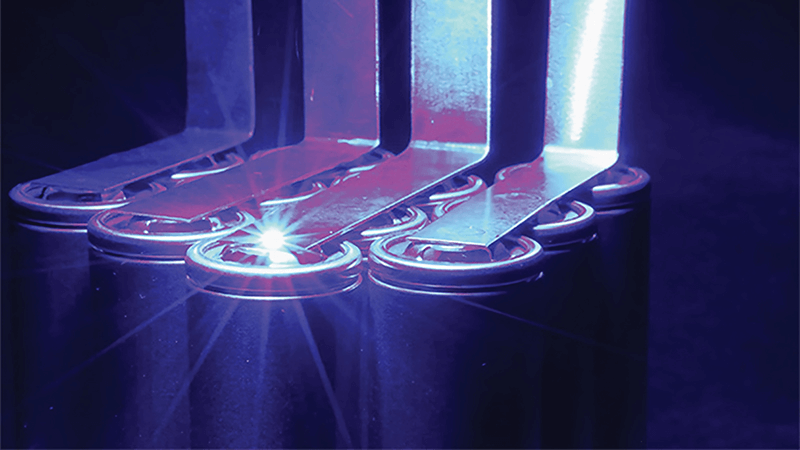
How thick can a 1500W laser cut?
This is one of the most common questions we hear—mainly because many factories start out with a 1500W unit. The answer depends on the material.
A 1500W laser can weld or cut materials up to 3mm thick in most metals, and up to 4mm in mild steel with slower speeds and optimized parameters.
Why 1500W Isn't Always Enough
Let’s look at what a 1500W laser4 can really do, based on our testing at Kirin Laser:
| Material | Max Cutting Thickness (mm) | Notes |
|---|---|---|
| Mild Steel | 4 | Clean with nitrogen |
| Stainless Steel | 3 | Slower speed needed |
| Aluminum | 2 | Needs precise focus |
| Brass/Copper | 1.5 | Highly reflective, risk of back-reflection |
The catch? It’s not just about if it can cut—it’s whether it can do it efficiently. With 1500W, edge quality can drop when pushing upper thickness limits. That means slower speed, more dross, or even overheating.
When to Upgrade
If your production scales up or your materials get thicker, a 1500W laser can turn into a bottleneck. We’ve had clients outgrow this power level in less than a year. That’s why Kirin Laser always discusses growth plans during consultations. Our modular systems5 allow easy upgrades—from 1500W to 3kW or even 6kW.
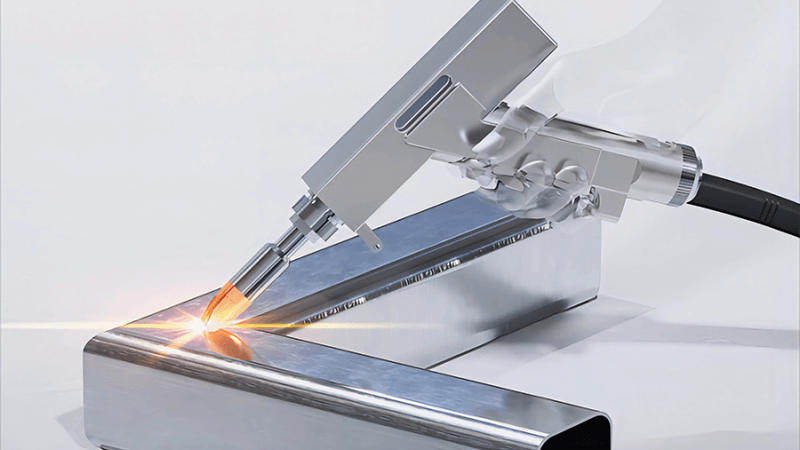
How thick can a 2000W laser welder weld?
Moving from 1500W to 2000W gives you a nice boost in capability—but is it enough for your application?
A 2000W laser welder can handle stainless steel up to 4mm, carbon steel up to 5mm, and aluminum up to 3mm, assuming you’re welding at standard speeds like 2 meters per minute.
Deeper Penetration, More Flexibility
From our tests and field reports, here’s what 2000W6 can typically achieve:
| Material | Max Welding Thickness (mm) | Notes |
|---|---|---|
| Stainless Steel | 4.5 | Smooth seam with stable keyhole |
| Carbon Steel | 5 | Full penetration at 2m/min |
| Aluminum | 3.5 | Needs pre-cleaning and tight control |
It’s a sweet spot for many mid-volume manufacturers. We often recommend 2000W to clients who want to reduce cycle times without jumping to 3kW prices.
One Real-Life Example
One U.S. client used our 2000W unit to replace two MIG welders on their carbon steel7 assembly line. Same throughput, less labor, zero spatter cleanup. It cut their production cost by 28%. That’s the kind of change a well-matched laser power can bring.
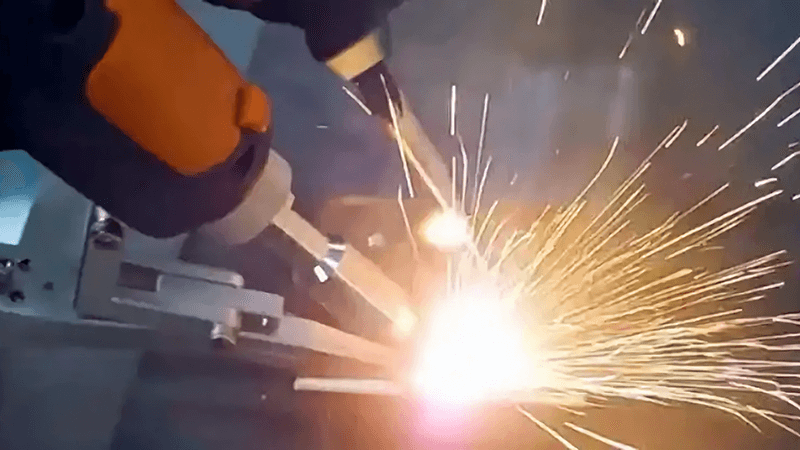
Can you weld aluminium with a laser welder?
Yes, you absolutely can. But you need to understand aluminum’s quirks. High reflectivity, low melting point, and rapid thermal expansion make it trickier than steel.
Laser welding is ideal for aluminum if you use enough power (typically 2kW+), manage heat input well, and prep surfaces correctly.
What Makes Aluminum Challenging?
At Kirin Laser, we’ve helped many clients switch from TIG or MIG to laser welding aluminum. Here’s what we’ve learned:
- Reflectivity8: Aluminum reflects most of the laser beam. You need high initial power to overcome it.
- Heat conductivity: It draws heat away fast. You must control your travel speed and focus tightly.
- Porosity9: If there’s oil, oxide, or water on the surface, gas bubbles form inside the weld. So surface prep is key.
| Issue | Laser Welding Solution |
|---|---|
| High reflection | Use fiber laser at >2kW |
| Porosity | Dry, clean surface with N2 gas |
| Weak penetration | Use wobble head or preheat |
My Favorite Fix
One of our aluminum fabricator clients couldn’t get consistent welds on 4mm enclosures using a 1.5kW unit. His team was rushing—speed up, output more. But the seams cracked. We swapped in a 3kW fiber laser10 with a wobble head. Same speed, zero defects. He doubled output and stopped paying for rework. That’s why I always tell clients: don’t skimp on power for aluminum.
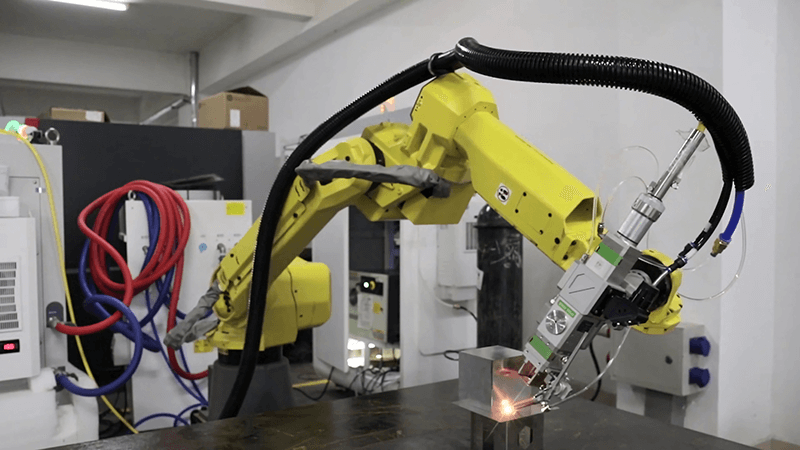
Conclusion
Choosing the right laser welding 11 power isn’t about specs on a brochure—it’s about understanding your materials, your speed, and your goals. At Kirin Laser, we size every machine based on real-world use cases, not theory. Whether you’re cutting 4mm steel or welding 3mm aluminum, power matters. So start with the application, match the power, and scale with confidence. That’s how you avoid costly downtime and boost your bottom line.
-
Explore this link to learn effective techniques and tips for achieving high-quality welds in Mild Steel. ↩
-
Discover expert advice and methods for welding Aluminum Alloy to ensure strong and reliable joints. ↩
-
Understanding the limitations of a 1.5kW machine helps ensure optimal welding performance and avoid common pitfalls like shallow welds and weak joints. ↩
-
Explore this link to understand the full potential and limitations of a 1500W laser for your cutting needs. ↩
-
Discover how modular systems can enhance your laser cutting capabilities and support future growth. ↩
-
Explore how a 2000W laser welder can enhance efficiency and reduce costs in manufacturing. ↩
-
Learn about the advantages and techniques of laser welding specifically for carbon steel applications. ↩
-
Understanding aluminum reflectivity is crucial for optimizing laser welding processes and achieving better results. ↩
-
Exploring the impact of porosity can help improve weld quality and reduce defects in aluminum welding. ↩
-
Discover how a 3kW fiber laser can enhance welding efficiency, reduce defects, and improve output quality, especially for challenging aluminum projects. ↩
-
Find the best laser welding machine and laser welding solutions from Kirin laser, ckicking this link to get your product for your different business. ↩





